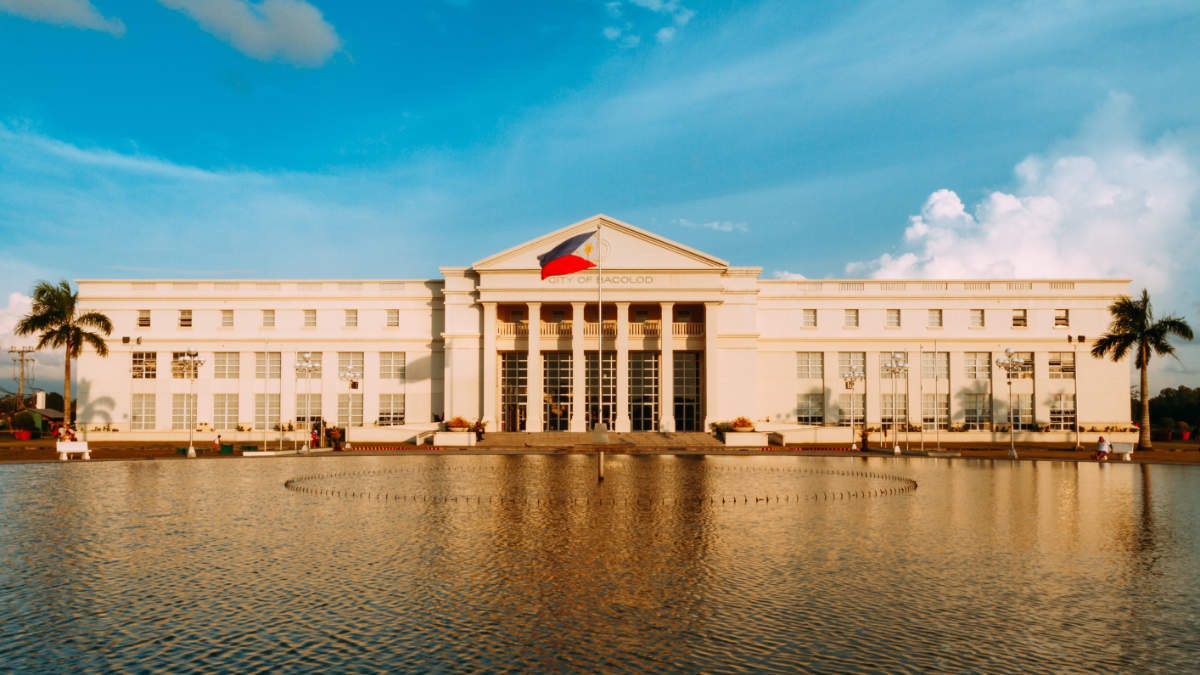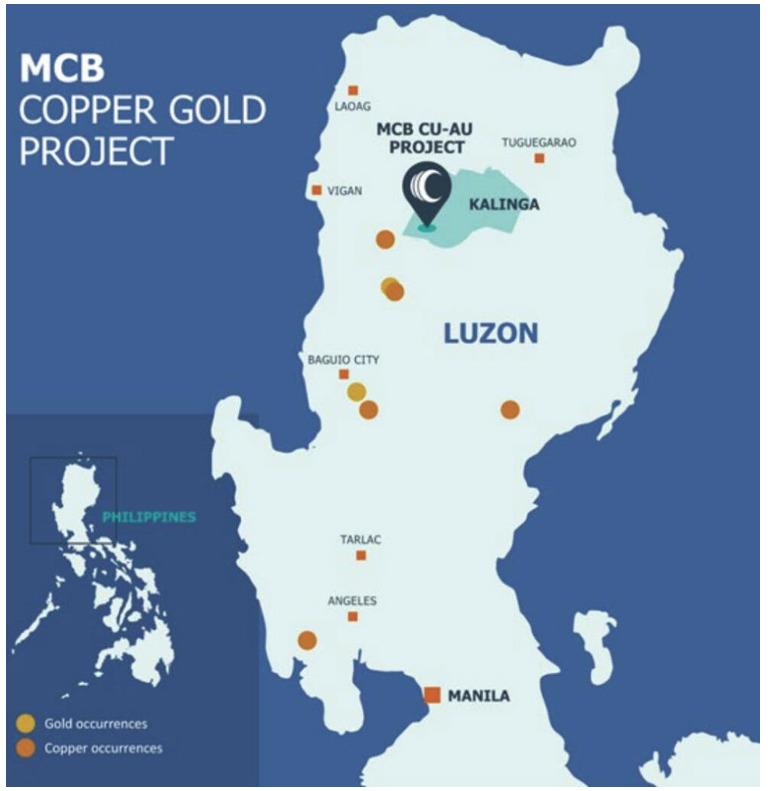Which Southeast Asian country is ready to tap its huge mineral potential?

The Philippine Government is keen for more mining investment in the country. Pic: Getty Images
- Current Philippine Government has prioritised revitalisation of the mining sector to build up its economy
- Just 5% of the country’s estimated $1 trillion in mineral resources has been explored to date
- Celsius Resources now cleared to execute funding arrangements for its MCB project after securing a key certification
Special Report: The Philippines is reemerging as a destination for mining investment with its great mineral wealth and now very mining friendly Government placing the Southeast Asian nation well and truly on the map.
But just how mining friendly are we talking about?
According to Austrade in July 2023, the Marcos Jr Government that took power in June 2022 has prioritised the revitalisation of the mining sector as it has the greatest potential to drive the country’s economic revival.
Highlighting the impact of pro-mining policies, metal production increased almost 32% in 2022 compared to the year before.
This focus on mining also marks a return to the country’s long history of being a major minerals producer until environmental, social and governance concerns led to the imposition of a moratorium on new mining permits in 2012 for nine years.
Interestingly, the moratorium was lifted on April 14, 2021 by the previous government, indicating there is bipartisan support for the resources industry.
ESG regulations have been tightened but security of tenure, arguably the largest concern for miners globally when selecting a jurisdiction, is among the strongest in the world.
Mining permits, which grant their holders exclusive rights to undertake rational exploration, development and commercial production, are good for 25 years and are renewable for another 25 years – providing a good deal of certainty for their holders.
Abundant mineral wealth
The real draw is the mineral wealth present within the Philippines. In fact, about 30% of the country’s land area has high mineral potential, of which about 8% is covered by mining tenements (mgb.gov.ph, 2024).
As of 2022, there were 59 operating metallic mines in the Philippines with 12 gold mines, 3 copper mines, 36 nickel mines, 4 chromite mines and 4 iron mines. There is also downstream investment, with two nickel, one copper and four gold processing plants.
While significant, it is estimated that just 5% of the country’s estimated $1 trillion worth of mineral resources has been explored to date and 3% are covered by mining contracts, meaning there’s plenty of scope for more world class discoveries to be made and developed.
Some of these projects are also pretty hefty with the Tampakan copper-gold project in southern Mindanao being a notable example. It has a contained resource of 15Mt copper and 17.6Moz gold making it the largest untapped mineral field in Southeast Asia.
Others are OceanaGold’s (TSE:OGC) Didipio Mine in Luzon, which has reserves of 1.18Moz gold and produced 138,527oz of gold and 14,172t of copper in 2023, and the Mabilo project where operator RTG Mining (ASX:RTG) is progressing towards a Stage 1 direct shipping ore operation.
Not just for miners
And it is not just mining.
Financial services giant Macquarie Group has been active in the Philippines for more than 20 years and has more than 1,000 employees in the country with its Macquarie Capital arm having advised on almost $30bn of deals.
The bank itself has invested more than $2bn in the country and has stakes in solar and wind projects, while Macquarie Asset Management manages geothermal energy giant Energy Development Corporation and the company behind Manila’s light rail transit system.
Macquarie noted that the current Government has pushed hard to encourage private-sector investment in the country, particularly around themes such as infrastructure, energy transition and digital transformation.
The Marcos Jr Government has established a new agency to assist foreign companies, set long investment horizons for infrastructure projects to build confidence, and is streamlining permitting and approvals.
The Philippines has also committed to become a middle-income economy by 2025 and is banking on hitting its targeted economic growth rate of 6-7% to achieve this.

Celsius heating up its copper-gold project
None of this will come as any surprise for Celsius Resources (ASX:CLA), but it certainly illuminates its conviction in the investment-friendly nature of the Philippines.
The company’s flagship Maalinao-Caigutan-Biyog (MCB) copper-gold project is certainly well advanced with the recent receipt of the key Certification Precondition from the Philippine National Commission on Indigenous Peoples (NCIP) – arguably one of the most stringent approval milestones for a new project in the Philippines to achieve.
It certifies that the MCB project has obtained the Free, Prior and Informed Consent (FPIC) of the host community, the Balatoc Indigenous Cultural Community, which is a critical step in the project’s legal framework, while serving as an indicator of the project’s adherence to ethical standards regarding the rights and welfare of indigenous peoples.
What this essentially means is that MCB has been recognised as a responsible and sustainable investment – a status that opens the door for executing project funding arrangements and ensures that any investments are aligned with the local legal requirements and community expectations.
The certification also means that CLA can now move to execute project funding arrangements for the MCB project, a classic porphyry-style copper-gold deposit with a high-grade, sub-vertical core that represents about 28% of the total resource, which stands at 338Mt grading 0.47% copper and 0.12g/t gold (1.6Mt of contained copper and about 1.3Moz contained gold), and a mining permit that has already been in place since March this year.
Under the mining project feasibility study, which is not too dissimilar to a bankable feasibility study in Australia, ore from the project will feed a single processing train with nameplate capacity of 2.4 million tonnes per annum.
The mine’s processing rate is planned at 2.28Mtpa to generate 90,000t of concentrate per annum containing 22,000t of copper and 27,000oz of gold. This is designed with the ability to increase capacity to 4.5Mtpa given the right economic conditions.
Initial capex is estimated at US$254M with payback estimated in 2.3 years after peak negative. The project is expected to deliver robust economics due to the high grades and low-cost operating environment.
After-tax NPV (12%) and internal rate of return – both measures of profitability – are estimated at US$228.4M and 31% respectively using assumed prices of US$4.00/lb for copper and US$2,000/oz for gold.
Given that copper currently goes for about US$4.13/lb while gold commands a lordly US$2,518.30 for every ounce of the precious metal, the economics stack up and sensitivity analysis with improved prices expected in the future will dramatically increase the valuation.
The tails from MCB are expected to be non-acid generating, meaning that the portion not used for paste backfill can be dry stacked without the need for a tailings dam, just adds to its attractiveness and was probably a factor in the company’s ability to progress it through the approvals process fairly quickly.
CLA’s success in pushing MCB through to the point where it pretty much just needs financing to begin development will also be a major factor when it starts to focus more intently on its other projects in the Philippines.
This article was developed in collaboration with Celsius Resources, a Stockhead advertiser at the time of publishing.
This article does not constitute financial product advice. You should consider obtaining independent advice before making any financial decisions.
Related Topics

UNLOCK INSIGHTS
Discover the untold stories of emerging ASX stocks.
Daily news and expert analysis, it's free to subscribe.
By proceeding, you confirm you understand that we handle personal information in accordance with our Privacy Policy.








